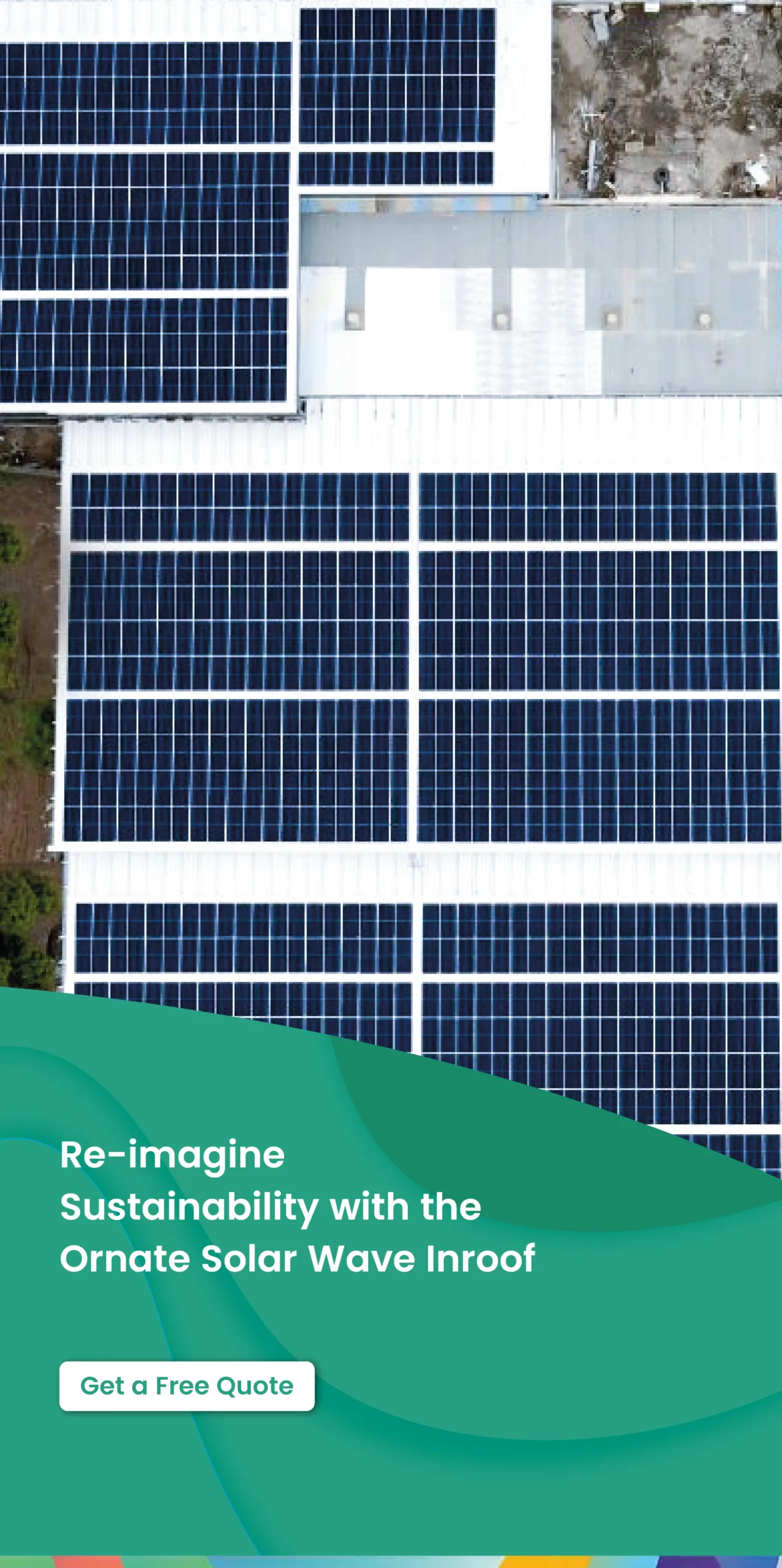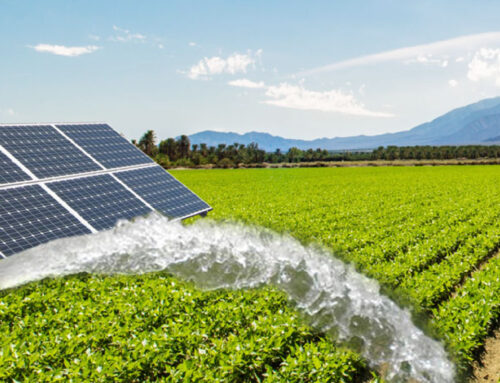
State-owned utility giant, SJVN, has signed two power purchase agreements (PPA) with Punjab State Power Corporation Ltd (PSPCL) to supply 1200 MW of solar power. CM Bhagwant Mann has announced that this will be the biggest agreement of such kind in the country.
The energy will be provided by SJVN’s fully-owned subsidiary, SJVN Green Energy Limited (SGEL). As per the agreements, SGEL will set up 200 MW solar capacity in Punjab, and the 1000 MW anywhere across the country.
Both the projects will be developed within the next 18 months on Build, Own, Operate basis, at an estimated investment of ₹7000 crore ($ 950 million). The solar projects are expected to generate 2,997 million units in the first year and nearly 70,000 million units over 25 years. Moreover, the projects will collectively offset approx. 34 lakh tonnes of carbon emissions.
The decided tariff rate for 1000 MW power will be ₹2.53/ unit and the remaining 200 MW will be sold to PSPCL at ₹2.75/unit.
These tariff rates have been fixed for 25 years. Moreover, the state will not be paying any transmission charges, and will not be liable for transmission losses either. Minister Mann also announced that Punjab will soon become the first state to implement a policy for banking power as well.
PSPCL has also floated tenders to procure an additional 2500 MW of solar power to promote clean energy and meet the demand of the agriculture sector. Moreover, SJVN is also executing a 100 MW solar project in the state at a cost of ₹545 crore.
Punjab is taking significant steps to expand its renewable energy portfolio. In May 2023, the state government announced plans to transform Amritsar into a solar city under Punjab State Energy Plan. The state is also exploring ways to solarize all government buildings, including police stations.
Click Here for more updates
Resource: The Economic Times







Leave A Comment